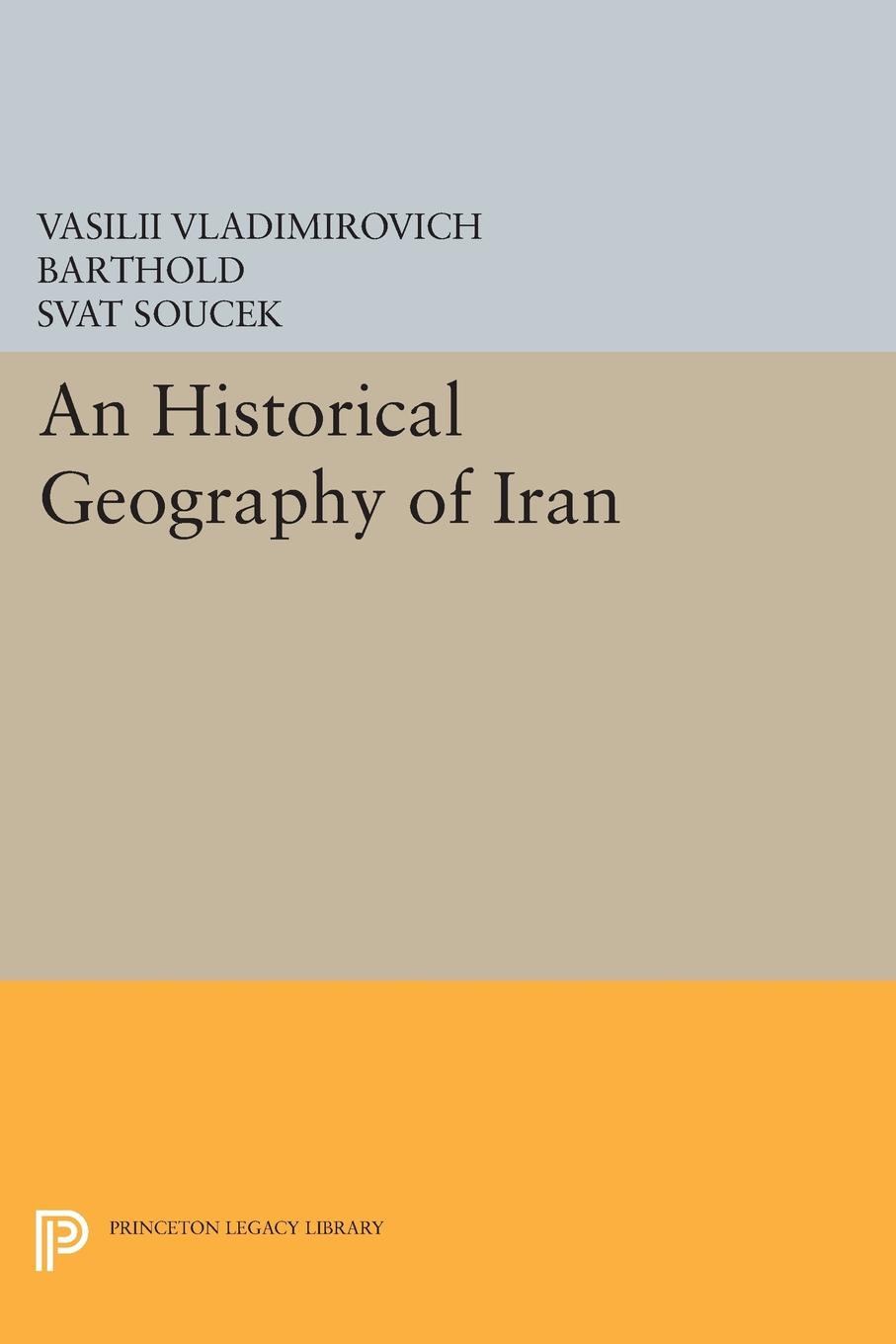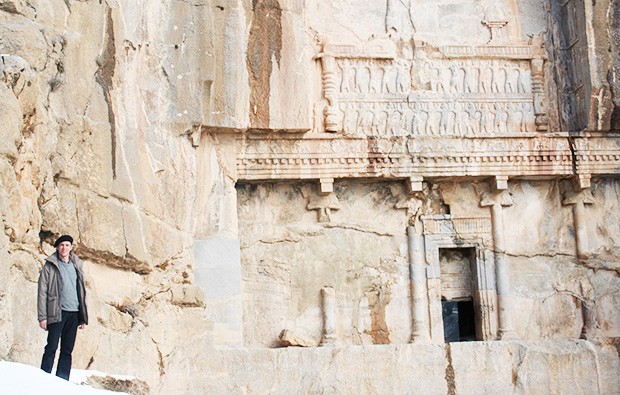


1 Our historical understanding of the tradition is thus more accurately described as Sassanian Zoroastrianism, and we should assume that the religion had evolved, perhaps very significantly, in the millennium since the time of its founder. Foltz has noted, Zoroaster's doctrine was not codified until sometime in the third century CE, under the Sassanians. The Seleucids, Parthians, and Sassanians all practiced the faith. Zoroastrianism spread throughout Iranian lands, into Central Asia along trade routes, and further into East Asia.

This dualism is often regarded as having been influential in the formulation of Jewish theology, and through Judaism, that of Christianity. The rest of the pantheon of deities was reduced to the status of demons and lesser spiritual creatures, with Angra Mainyu, or Ahriman, posited as the incarnation of evil standing in contrast to the goodness and light of Ahura Mazda. At the age of 30, Zoroaster experienced a vision in which the supremacy of the god of wisdom, Ahura Mazda, was revealed to him. Some of the practices he disapproved of included the sacrifice of animals (particularly bulls), as well as the ritualized consumption of the intoxicating beverage haoma. Zoroaster (also known as Zarathushtra) was a priest who sought to reform aspects of the pre-Islamic pantheistic religion practiced in his community.

For this reason, the religion as practiced in India is alternatively known as Parsiism. The religion survived into the 20th century in isolated areas of Iran, and is also practiced in parts of India (particularly Bombay) by descendants of Iranian immigrants known as Parsis. |a A convergence of land and language (3500-550 BCE) - Iran and the Greeks (550-247 BCE) - Parthians, Sasanian and Sogdians (247 BCE-651 CE) - The Iranization of Islam (651-1027) - The Turks: empire-builders and champions of Persian culture (1027-1722) - Under Europe's shadow (1722-1925) - Modernization and dictatorship: the Pahlavi years (1925-79) - The Islamic republic of Iran (1979-present).Zoroastrianism, the dominant pre-Islamic religious tradition of the Iranian peoples, was founded by the prophetic reformer Zoroaster in the 6th or 7th century BCE (if not earlier). |a Includes bibliographical references and index.


 0 kommentar(er)
0 kommentar(er)
